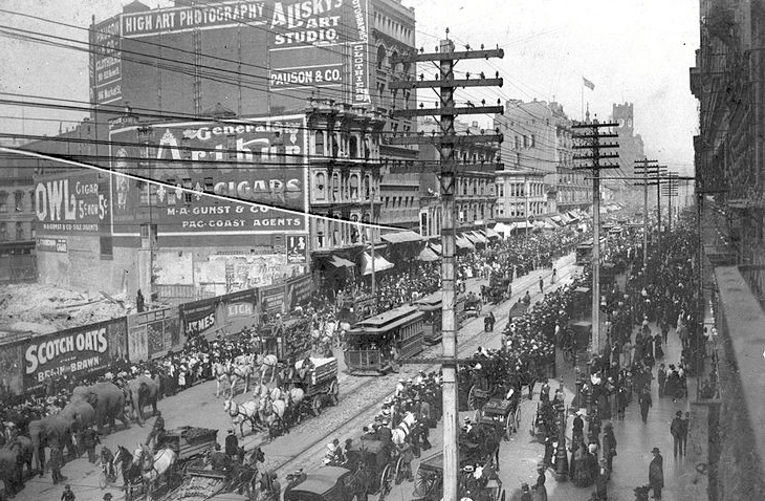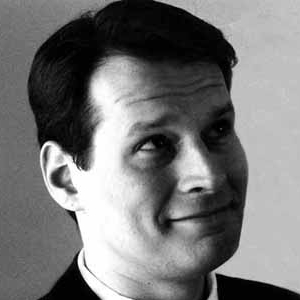If someone discovered the equivalent of a few more Saudi Arabias tomorrow, except the oil wouldn’t cost us anything, you’d think it would break the Internet. It would make screaming headlines in tomorrow’s paper. The same should be true if someone discovered a free way to cut our oil use, which amounts to the same thing.
It would also be a great way to fight climate chaos. As the pollution from our cars and factories gradually fills up the Earth’s atmosphere and traps heat from the sun, it disrupts the normal weather patterns and causing hotter weather in one place, wetter weather in another, and more powerful storms elsewhere. The less fuel we use, the more we slow down the process of climate change to a point that the Earth’s systems of wind and currents can settle back to something like normal.
Imagine if someone found a way to dramatically reduce accidental deaths, increase the lifespan of our cars, save money, and make our neighbourhoods safer. You might imagine everyone talking about this new approach, and every local community proudly adopting it.
We have found a way to do all those things – save fuel, fight climate change, and make us safer, and save money all at once. It’s called driving slowly.
Strangely, though, this simple method gets very little attention: Most drivers assume they can and should hurtle towards their destination at dangerous speeds that devour fuel and money – not just at the speed limit, but 10 kilometres over it.
But the higher your speed, beyond a certain point, the more fuel you use per distance travelled. As Kris DeDecker described in Low-Tech magazine, “air resistance (drag) increases with the square of speed, and therefore the power needed to push an object through air increases with the cube of the velocity … If a car cruising on the highway at 80 km/h requires 30 kilowatts to overcome air drag, that same car will require 240 kilowatts at a speed of 160 km/h …
Thus, a vehicle needs eight times the engine power to reach twice the speed. In principle, this means that fuel consumption will increase fourfold (not eightfold, because the faster vehicle exerts the power only over half the time).”
In other words, travelling half as fast could save you up to 75 percent in fuel costs. Since 60 percent of the world’s oil is used for transportation, if everyone cut their speed in half tomorrow, this would reduce world oil consumption by almost half. Obviously this is theoretical and the world isn’t going to do that tomorrow, but you don’t have to wait for the world before slowing down yourself.
Such a simple equation inevitably has many complications, but none that are fatal to the basic idea. DeDecker does note that today’s cars are unfortunately designed to be maximally efficient at higher speeds, which reduces the 75-percent figure somewhat unless the engines are adjusted – and, in fact, most automotive sources say the best speed is between 50 and 80 km/hr (35-55 miles/hr). It also doesn’t allow for urban congestion and frequent stops – although slower speeds would discourage the unnecessary trips that cause congestion, and make bicycles and taking public transportation a more cost-effective option.
But maybe 75 percent, or whatever figure you can achieve by driving slowly, is not enough – maybe you demand an additional 500-percent increase in efficiency on top of that. There is a way to do that as well: add four more passengers to your car.
Passengers might be the most under-appreciated factor in how much fuel and money you waste. As I write this, for example, a business headline boasts of Toyota’s multi-million-dollar plan to boost fuel efficiency by 25 per cent, with the usual discussion of what this will mean for the economy and the climate. Any of us, however, can boost the efficiency of our cars by several hundred per cent instantly, with no additional expense or technology, simply by getting more people in the car.
This fact is also forgotten when we judge car owners by the wastefulness of their vehicles. An SUV is a spectacularly inefficient machine compared to a Prius, for example, but pack that Dodge Durango full of people and suddenly it is greener than the electric hybrid driven alone. Your bus could be less efficient than an SUV in kilometres-per-litre, yet all of you bus passengers are making one of the greenest transportation choices around, thanks to the fact that so many seats are filled.
According to the website carfinance.ie, the average car in Ireland, driven 10,000 kilometres a year, will cost 1,750 euros in petrol. Divide that by four people, however, and you each save 1,300 a year.
Of course, you might say, such actions are a drop in an ocean. But change comes from thousands of such small actions. It was generally big-budget extravaganzas that got us into the situation we are in; the modest, the tiny and the slow are more likely to get us out.
Photo: Circus on Market at Powell San Francisco (1900) . No Photographer credited. https://commons.wikimedia.org/wiki/File:Circus_on_Market_at_Powell_San_Francisco.jpg






